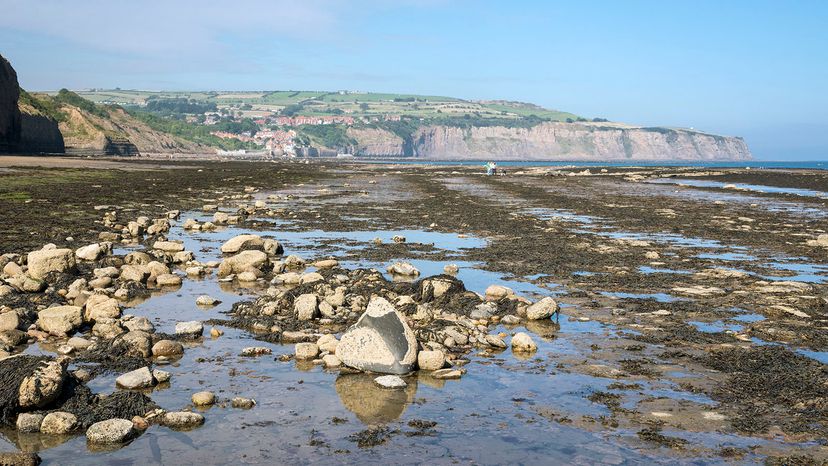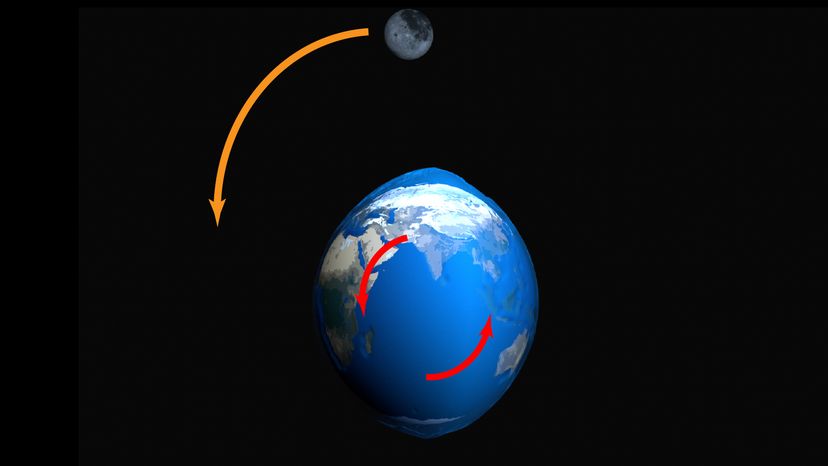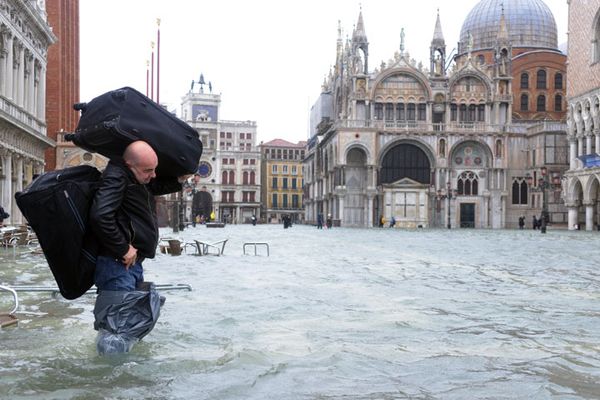
Tides have caused a lot of trouble over the first quarter of this millennium. During high tide periods, low-lying areas that border the ocean now flood way more often than they used to. Between 2000 and 2017, the average frequency of "high tide flooding" across the United States increased by 50 percent. Floods of this sort block roadways, harm infrastructure, and back up storm drains.
Around 37 percent of the global population lives within 62 miles (100 kilometers) of a coastline. Recent flood trends must have a lot of these people wondering about tidal science. What causes tides? Why do some areas get more dramatic tides than others? And why can't the sea level just stay constant everywhere, all the time? Here, we look at the physics and idiosyncrasies of planet Earth's tides.
Advertisement


